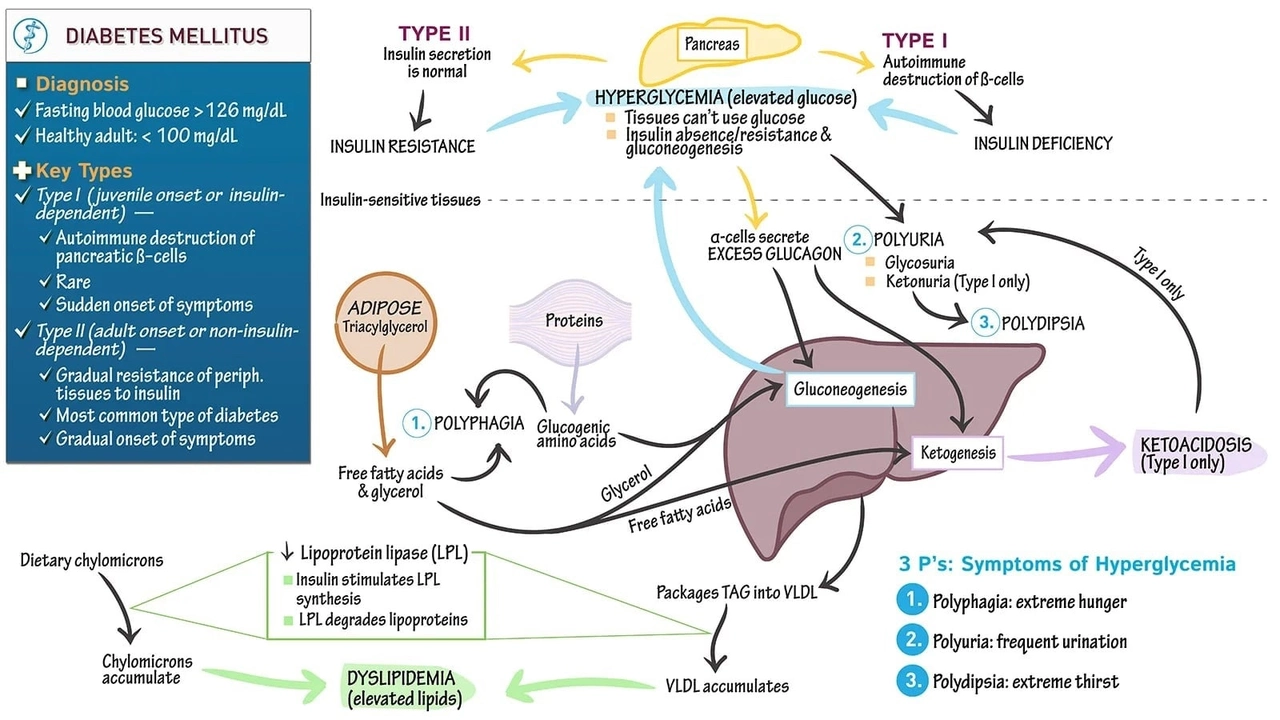Understanding Central Cranial Diabetes Insipidus
Central cranial diabetes insipidus (DI) is a rare disorder that messes with your body's ability to keep water balanced. Unlike the more common diabetes types you hear about, DI doesn’t involve blood sugar but instead has to do with a hormone called vasopressin or antidiuretic hormone (ADH). When your brain doesn’t produce enough ADH, your kidneys don’t know when to hold onto water, so you end up peeing a lot and feeling really thirsty all the time.
People with central DI can go through anywhere from 3 to 20 liters of urine daily. Imagine constantly needing to drink water to avoid getting dehydrated—it's exhausting. This condition often shows up suddenly, so recognizing symptoms early is important to avoid complications.
Common Causes and Signs
Central DI usually happens because of damage to the pituitary gland or hypothalamus in the brain, areas responsible for producing ADH. This damage might come from a head injury, brain surgery, tumors, infections, or sometimes it just happens with no clear reason. In children, it could be linked with genetic factors too.
Signs to look out for include extreme thirst, especially for cold water, producing large amounts of clear urine, and waking up multiple times at night to urinate. Sometimes people get dizzy or tired because of dehydration. If you start noticing these symptoms suddenly, it’s a good idea to get checked by a doctor who can do tests to measure your urine output, blood electrolyte levels, and hormone levels.
How Is Central DI Treated?
The good news is central DI can be managed effectively, often with a synthetic hormone called desmopressin (DDAVP). It acts like ADH and tells your kidneys to reduce urine production so you don’t get dehydrated. Desmopressin can be given as a nasal spray, pill, or injection depending on your needs. Staying on top of your fluid intake and following your doctor's instructions helps keep symptoms under control.
Sometimes, if DI is caused by an underlying issue like a tumor, treating that condition might improve or resolve DI. But many people live normal lives with central DI as long as they manage their fluids and medication carefully. Watch out for signs you might be overhydrating too—too little urine can lead to water intoxication, which is dangerous.
If you or someone you know faces symptoms of central cranial diabetes insipidus, seeking medical advice early is key. Managing this condition well means better hydration, fewer symptoms, and a healthier life overall.
The Importance of a Multidisciplinary Approach in Central Cranial Diabetes Insipidus Management
- Elliot Grove
- on May 11 2023
- 11 Comments
In my recent research, I've found that a multidisciplinary approach is vital in managing Central Cranial Diabetes Insipidus (CCDI). This complex condition requires collaboration from various specialists, including endocrinologists, neurologists, and radiologists, to provide comprehensive care. Such an approach ensures that we address the underlying causes of CCDI, while effectively managing symptoms and potential complications. Furthermore, this collaborative strategy enables healthcare professionals to stay up-to-date on the latest advancements in CCDI treatment. Ultimately, it's crucial to adopt a multidisciplinary approach to enhance patient outcomes and improve overall quality of life for those living with CCDI.

